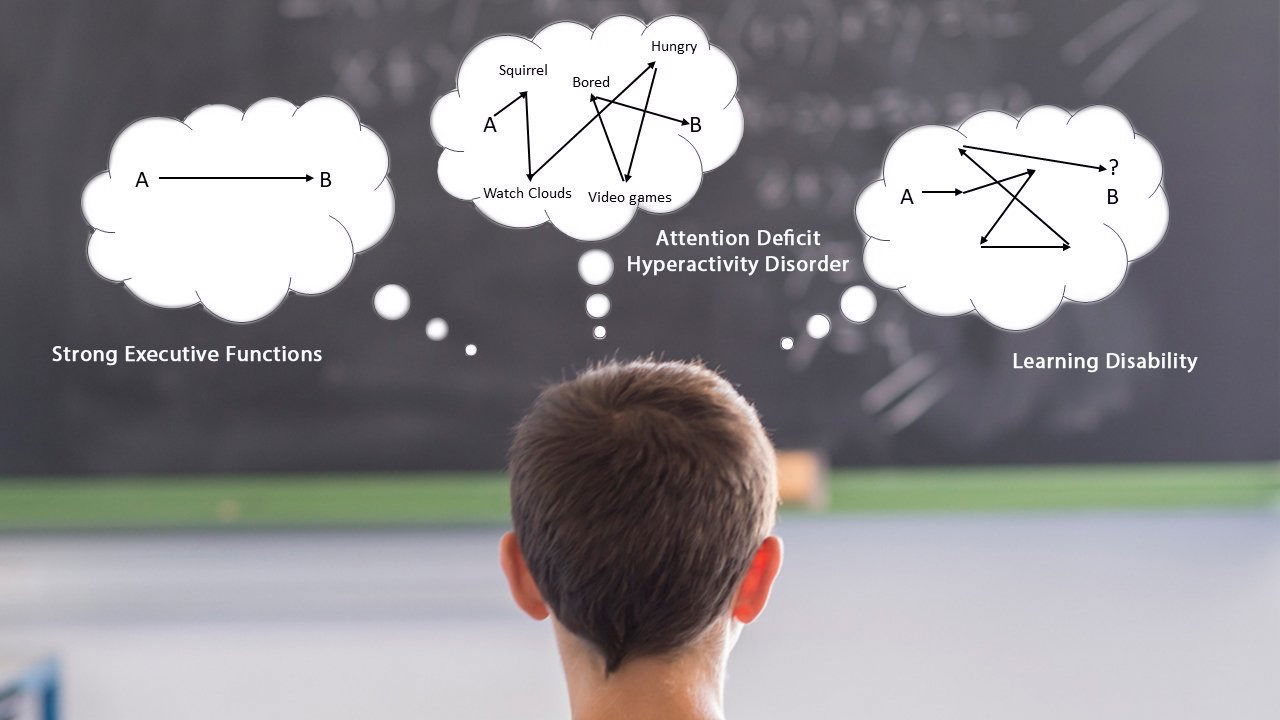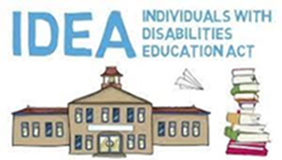Understanding Specific Learning Disability (SLD) Identification criteria

Parents and teachers know when a child struggles in school. Many times is hard to know why. A child could not understand what the teacher is asking. the assignment is not clear. If difficulty to achieve occurs across assignments, teachers, and classes a more complex issue may exist. The student is often not organized and fails to complete work even though an assignment deadline is due. A teacher reports 'difficulty staying on task." "Attention Deficit Hyperactivity Disorder (ADHD) is of concern" the teacher notes. An ADHD suggestion, however, can be wrong. A child who is struggling with reading text can also lack focus. Course content is difficult to follow so the student seems off task. The student may also be distracting attention away from problems with reading, math, and written language.
 What many do not know is that eligibility for services under the Individuals with Disabilities Education Act (IDEA) can vary significantly among states, states and even school districts within a state. Three different eligibility criteria are used: (1) discrepancy model; (2) the RTI model; and the strength weakness model. When seeking services under the SLD category it is important to know what your state regulations and criteria are under the specific learning disability category.
What many do not know is that eligibility for services under the Individuals with Disabilities Education Act (IDEA) can vary significantly among states, states and even school districts within a state. Three different eligibility criteria are used: (1) discrepancy model; (2) the RTI model; and the strength weakness model. When seeking services under the SLD category it is important to know what your state regulations and criteria are under the specific learning disability category.
The Individuals with Disability Education Act (IDEA) (2004) Sec. 300.8 (c) (10) is essential to definition of SLD in education. IDEA says
Specific learning disability means a disorder in one or more of the basic psychological processes involved in understanding or in using language, spoken or written, that may manifest itself in the imperfect ability to listen, think, speak, read, write, spell, or to do mathematical calculations, including conditions such as perceptual disabilities, brain injury, minimal brain dysfunction, dyslexia, and developmental aphasia.
- Exclusions: Disorders not included. Specific learning disability does not include learning problems that are primarily the result of visual, hearing, or motor disabilities, of intellectual disability, of emotional disturbance, or of environmental, cultural, or economic disadvantage;
- The child does not make sufficient progress to meet age or State-approved grade-level standards in one or more of the areas identified in paragraph (a)(1) of this section when using a process based on the child’s response to scientific, research-based intervention;
- The child exhibits a pattern of strengths and weaknesses in performance, achievement, or both, relative to age, State-approved grade-level standards, or intellectual development, that is determined by the group to be relevant to the identification of a specific learning disability, using appropriate assessments, consistent with §§300.304 and 300.305
Comparative review of the models highlights the role the environments might play ins student academic underachievement (Response to Intervention, RTI) or the role of a psychological, neurological, processing disorder. The Strength/ Weakness model model relies especially on identification of the processing disorder. This model is well-suited to providing a clearer basis on what evidence-based instructions models are best suited to a student's individual needs.
A very important point to understand for all models is that negative impact on current student academic achievement in areas such as reading, math, or written language must be demonstrated. Thhis is best done with standardized assessments that are more objective than teacher defined grades. That does not mean a student's grades are not important information but the essential point is to demonstrate that a student has significant need for special education services as identified in current achievement levels, standardized data, teacher reports and data from other specialists who work with a student.